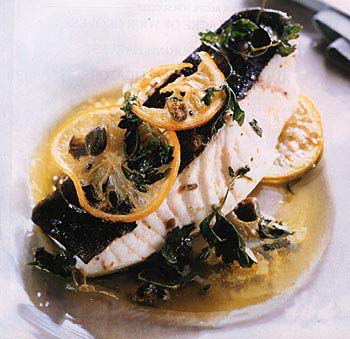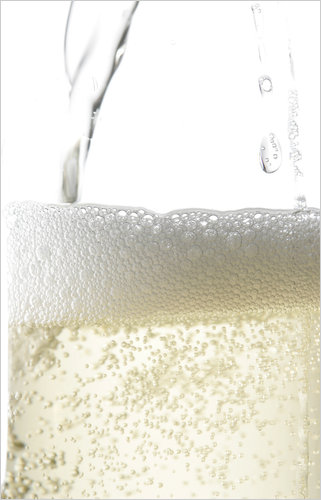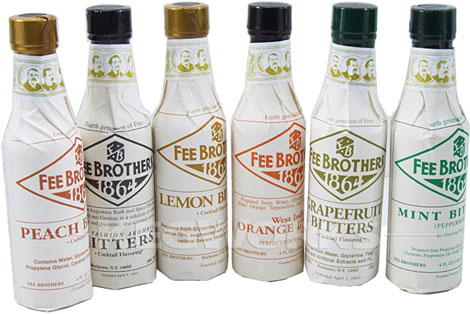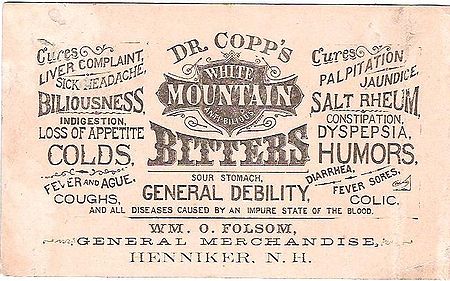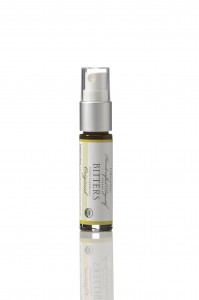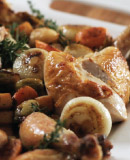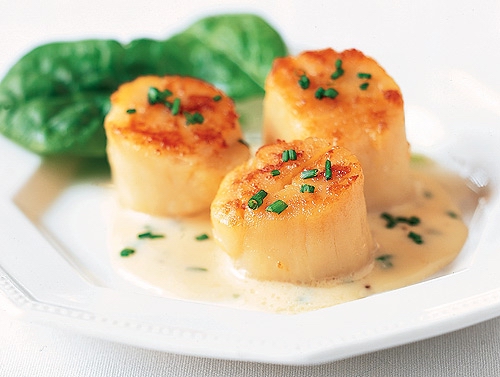I’m in Boulder! I live somewhere again. It’s so nice to live in my own space with my own friendly things around me.
I’ve been here a few weeks and so far so good, though unpacking boxes and furniture that were in storage for a year was like opening up a wrinkled dust bowl. Which doesn’t even make sense, but there was dust. And wrinkled everything. And I didn’t have internet for a week and a half. I realized that I’ve never moved from one house to another like normal people do – I’ve always flitted off to somewhere random and left everything at my parents’ house for months, or gave all the furniture to Goodwill because it wasn’t worth keeping and then just bought new stuff. Does having nice furniture that deserves storage space mean I’m a real grownup now? So I had to do things like buy a lightbulb for every single lamp, and discover all the shoes and coats I stored for a year and forgot about, and buy so many clothes hangers and organization bins I think I’ve kept Target in business for at least another month. Normal moving has got to be simpler, right? You just put everything in a truck, and then it comes out of the truck an hour or a day later and everything is just the way it was when you put it in? That sounds so lovely.
In the spirit of a new place and new things – and also of being out of New York City and therefore in a normal place where there is, amazingly, outdoor space – I have a tiny patio and I love it! So I bought a gorgeous outdoor grill for it. When I lived in New York, I moaned a lot about how so many recipes require grills and my grill pan was just not getting it done, and grilling is just not practical for anyone in NYC who isn’t Bobby Flay? I’ve joined the ranks of all those annoying people with space for grills. Sorry guys. But IT’S AWESOME.
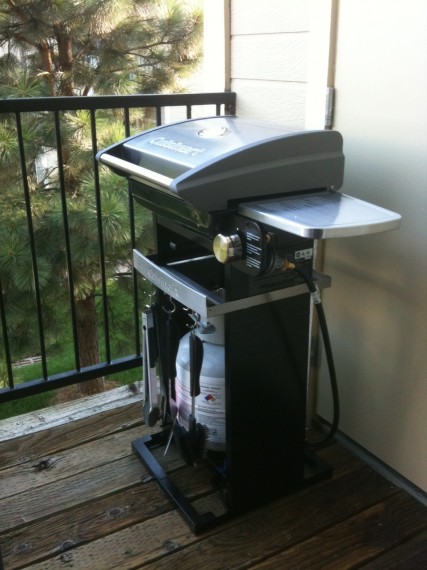
When I was debating whether or not the grill was worth the money, I remembered that my Aunt Loren told me she uses her grill all the time, even in the winter, because it cooks things quickly, easily, and there are no pots and pans to clean. I figured, ok, if I use it year-round, it’ll be a good investment. So far, I’ve not cooked anything on the stove in five days, and it really does clean up in 5 seconds flat. This will be a wintertime staple, I do believe.
I’ve been making homemade turkey burgers like its my job, and I’ll put the recipe up one of these days but I think its a fairly standard recipe that no one is going to flip out over. And so is the following one, really, but it blew my mind so I’m sharing it. Grilled peaches.
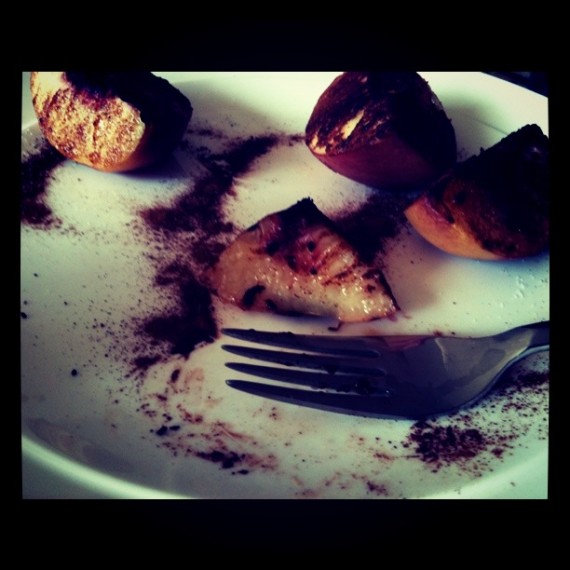
Everything you’ve heard is true. They are GOOD.
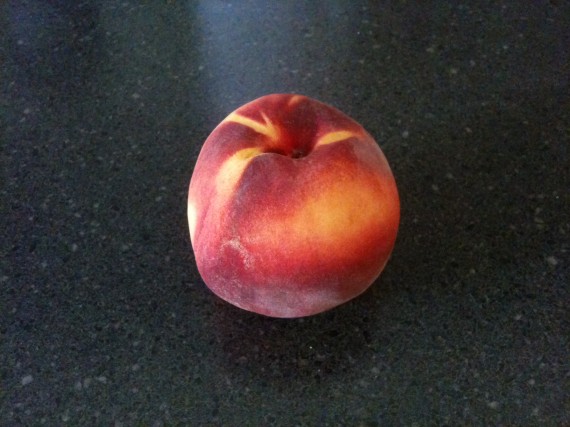
Turn the grill on to medium-high heat (mine went up to about 400 degrees with the lid down). Wash the peach, dry it, cut it into quarters. Spray or brush high heat canola oil on them so they don’t stick to the grill or burn. I hear butter works too.
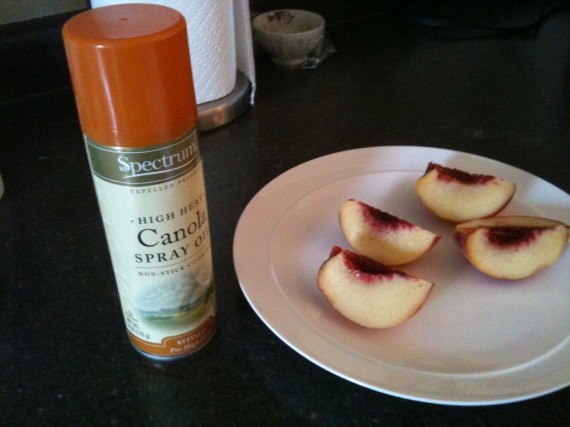
Sprinkle a liberal amount of cinnamon on them, and then a dash of nutmeg and/or cloves, and a dash of salt.
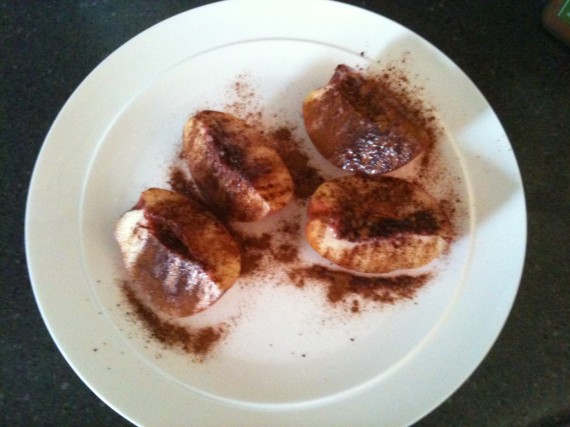
Grill for 4-5 minutes on one side and 3-4 minutes on the other side.
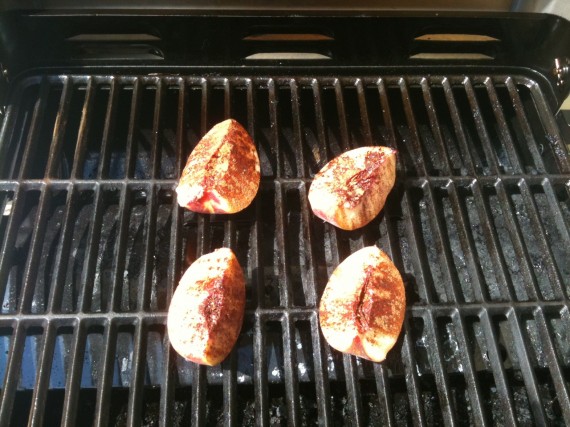
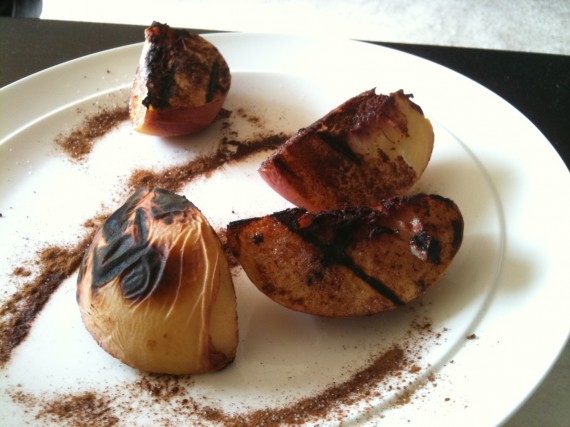
Eat.
I can imagine all sorts of variations on the theme – balsamic syrup, vanilla beans, vanilla ice cream, whipped cream, cognac whipped cream, cinnamon cognac whipped cream…..

